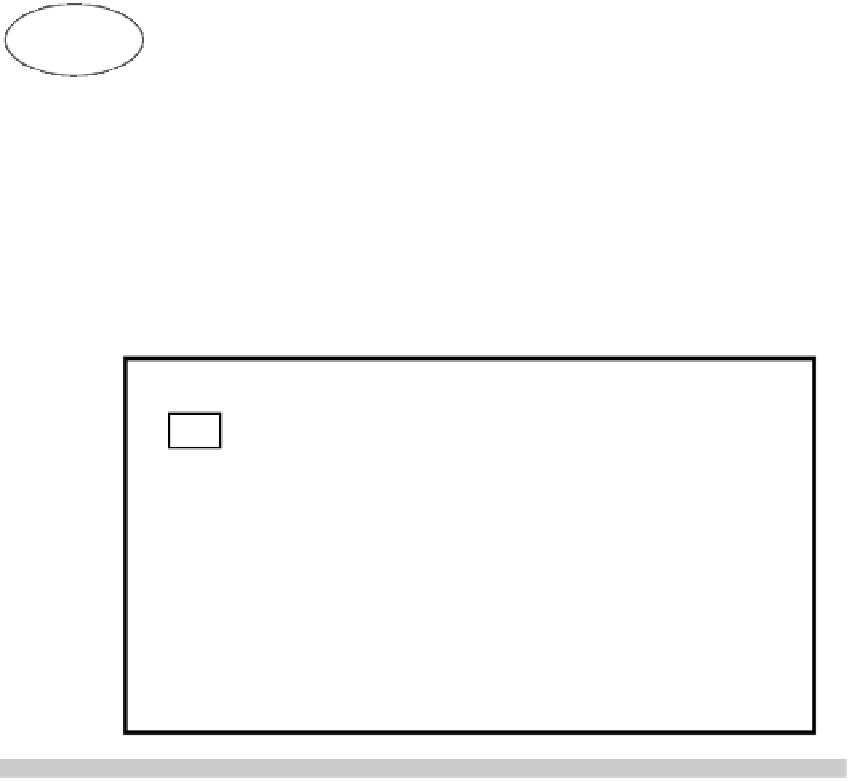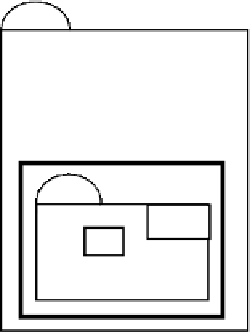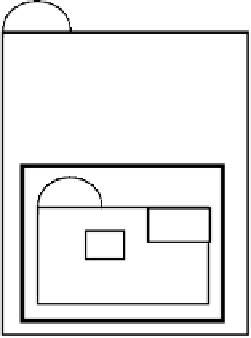Java Reference
In-Depth Information
to method
meth2
within object
a1
:
The body of
meth2
in
a1
can reference
z
of
a1
, method
meth
of
a0
, variable
y
of
a0
, and static variable
x
of class
Out
.
Note that:
meth2
in object
a1
can reference variable
y
of object
a0
;
meth2
of object
a3
can reference variable
y
of object
a2
.
Thus, the conventional inside-out rule, together with the fact that each
instance of class
Out
contains a file drawer for class
In
, ensures that each method
meth2
references the correct components.
12.4.3
The flattened view of inner classes
Our model of execution has us cramming a file drawer for a class inside the file
drawer for another class. How do we reconcile this model of execution with the
fact that computer memory consists of a sequence of bytes? We can answer this
question partially by providing a flattened view of the classes in which each class
has its own file drawer and no file drawer appears within another. As we discuss
later, this is quite close to how Java implements inner classes.
Recall class
Out
with its inner class
In
, as shown in Fig. 12.17, and Fig.
12.18, which shows
In
's file drawer inside each instance of
Out
. Figure 12.19
displays a “flattened” view of the classes in which class
In
's drawer is not
crammed within another file drawer.
The first thing to note is that instances of
Out
do not contain a file drawer
Activity
12-6.4
Out
's file drawer
a0
a2
x
...
Out
Out
y
y
meth()
meth()
In
's file drawer
In
's file drawer
a1
a3
In
In
z
z
meth2()
meth2()
Figure 12.18:
The file drawers for an inner class








Search WWH ::

Custom Search